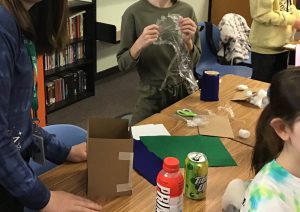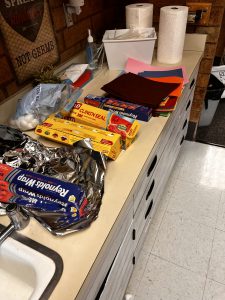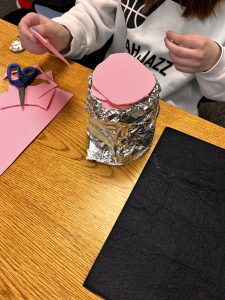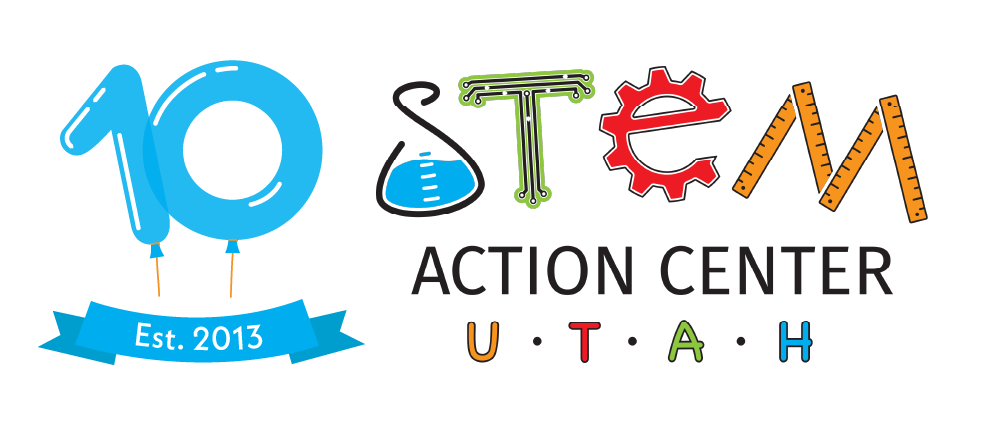Lindsey Rose submitted this lesson she did with her 6th grade class:
The sixth grade curriculum standard for Energy and Matter states: 6.2.4 Design an object, tool, or process that minimizes or maximizes heat energy transfer. Identify criteria and constraints, develop a prototype for iterative testing, analyze data from testing, and propose modifications for optimizing the design solution.
In order to complete this standard, we decided to have the students design and build a “cooler”. We provided the supplies so each cooler could be made out of similar materials. The students were each given a thermometer and a cold soda. They opened the can and took the temperature of the liquid inside, and recorded the temperature on a sheet of paper.
The students then gathered their materials from the provided supplies and began designing a cooler. We had previous lessons on what materials help with or inhibit thermal energy, so with this knowledge, they were free to design the cooler however they wanted.
After building their cooler, they placed the soda inside and sealed it up. We then placed the coolers in a corner of the classroom. After a few hours, each student opened their coolers and retested the temperature of the liquid. They recorded the temperature and then found the difference between the first temperature and the second temperature. The student with the least difference in temperature was the winner.
We then had a discussion about the winning students cooler and why it worked the best, and why it prevented the transfer of thermal energy.
Materials
- Tin Foil
- plastic wrap
- cotton balls
- felt squares
- straws
- paper towels
- foam sheets
- cardboard
- soda
- thermometers




